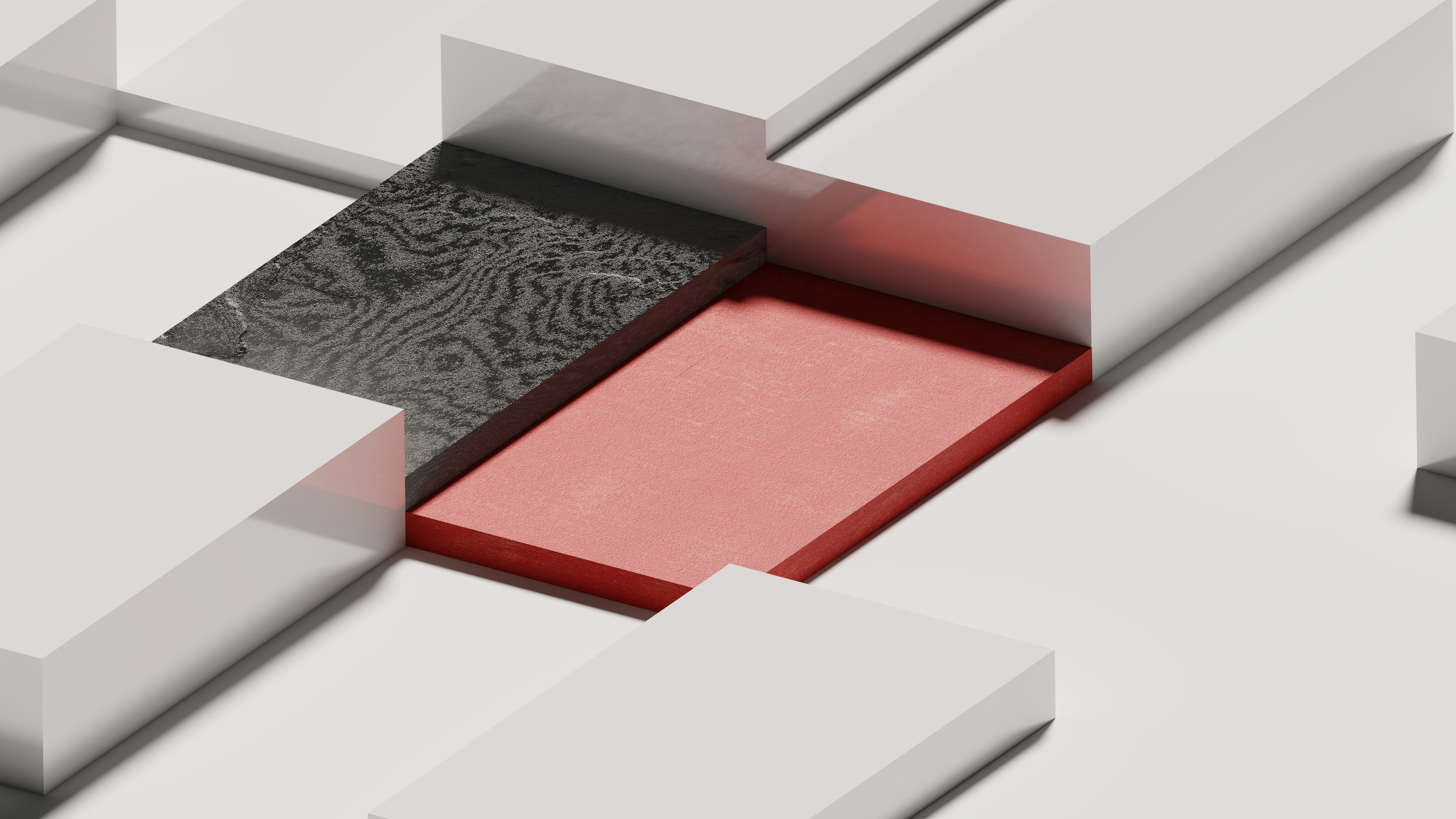Are you curious about the future of 3D printing? It's a rapidly evolving field that's been growing by leaps and bounds in recent years. From aerospace and medical applications to jewelry design and prosthetics, 3D printing has revolutionized the way we approach manufacturing and design.
In this article, we'll explore the latest developments in 3D printing and how they're shaping our world.
What is 3D printing?
Before we dive into the latest developments, let's first define what 3D printing is. 3D printing, also known as additive manufacturing, is the process of creating a three-dimensional object by layering material, usually plastic or metal, on top of itself until the object is complete. The process is controlled by a computer, which creates a 3D model of the object to be printed and then sends instructions to the printer.
Developments in Materials
One of the most exciting developments in 3D printing is the range of materials that can now be used. In addition to traditional plastics and metals, 3D printers can now create objects from wood, concrete, and even living tissue.
Researchers are using 3D printing to create living tissue for use in medical procedures. Using a process called bio-printing, scientists can create 3D models of organs and other body parts that can be used for testing new drugs and procedures.
Speed and Efficiency
Another area of development in 3D printing is speed and efficiency. In the past, 3D printing was a slow process that could take hours or even days to complete a single object. Now, advances in technology have made 3D printing much faster and more efficient.
New 3D printers are able to print multiple objects at once, using different materials and colors. Some printers can even print entire buildings, using concrete and other materials.
3D Printing and Sustainability
3D printing is also becoming a more sustainable manufacturing option. Traditional manufacturing processes often create a lot of waste, but 3D printing can use only the amount of material necessary to create an object, minimizing waste.
In addition, 3D printing can allow for localized manufacturing, reducing the need for long-distance shipping and transportation.
Future of 3D Printing
So, what does the future hold for 3D printing? Experts predict that the technology will continue to evolve and become even more versatile and efficient. As 3D printers become more widely available, we could see a rise in localized manufacturing, with individuals and small businesses creating products on demand.
In the medical field, 3D printing could play a crucial role in creating customized medical devices and prosthetics, improving patient outcomes and quality of life.
Conclusion
The future of 3D printing is exciting and full of possibilities. As technology continues to advance, we can expect to see even more developments in materials, speed, efficiency, and sustainability.
Whether you're a designer, engineer, or just someone interested in the latest technology, 3D printing is definitely a field to watch. Who knows what amazing creations will come out of the 3D printing revolution?
FAQs
How does 3D printing work?
3D printing involves creating a three-dimensional object by layering material on top of itself until the object is complete. The process is controlled by a computer, which creates a 3D model of the object to be printed and then sends instructions to the printer.
What materials can be used in 3D printing?
In addition to traditional plastics and metals, 3D printers can now create objects from wood, concrete, and even living tissue.
What are some applications of 3D printing?
3D printing has many applications, including aerospace and automotive manufacturing, medical and dental applications, jewelry design, and even food printing.
Can 3D printing help reduce waste?
Yes, 3D printing can help reduce waste by using only the amount of material necessary to create an object. Traditional manufacturing processes often create a lot of waste, but 3D printing can minimize waste by only using the required amount of material.
What does the future hold for 3D printing?
The future of 3D printing is exciting and full of possibilities. As technology continues to advance, we can expect to see even more developments in materials, speed, efficiency, and sustainability. From customized medical devices to localized manufacturing, the potential applications of 3D printing are endless.

